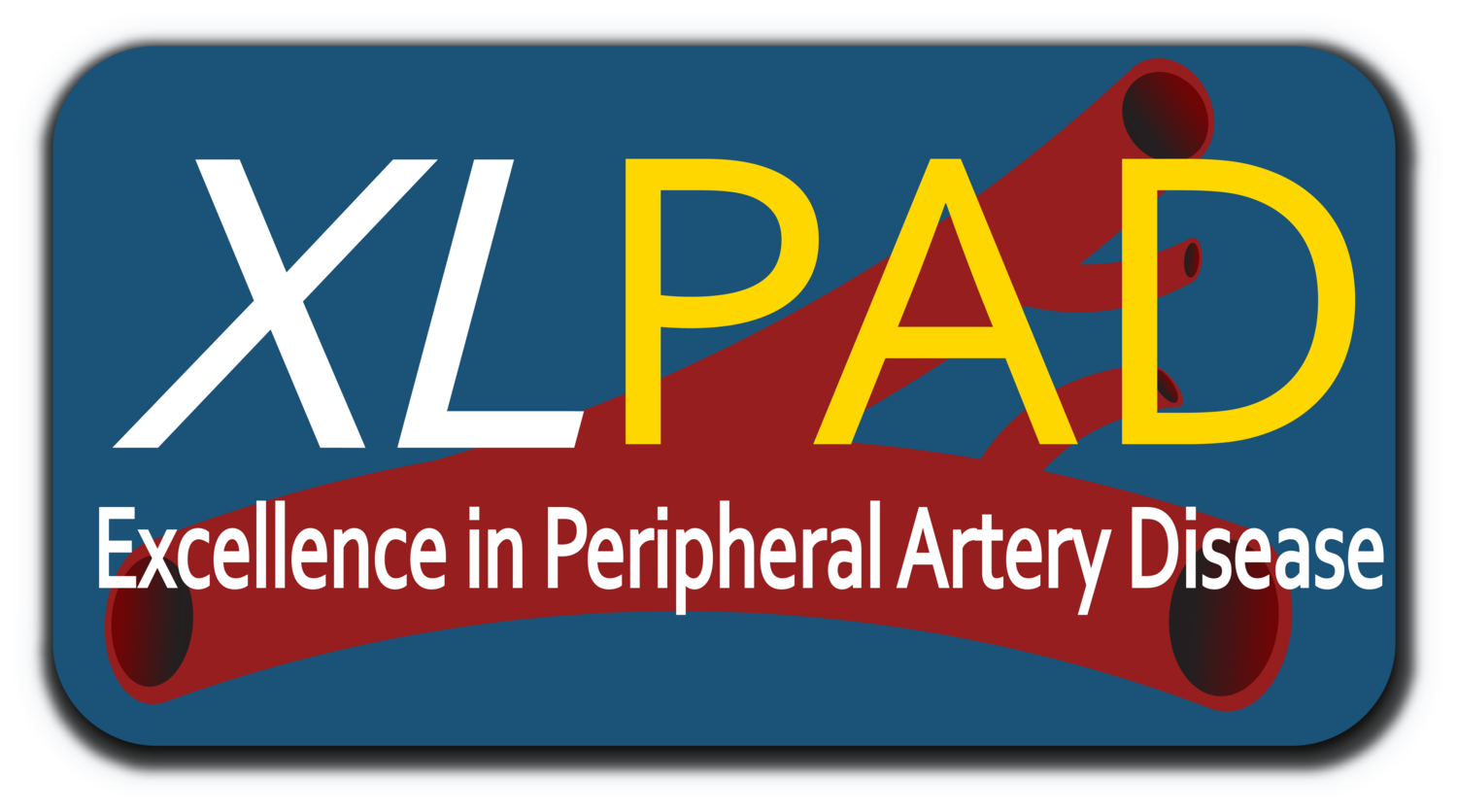Accuracy of noncontrast quiescent-interval single-shot lower extremity MR angiography versus CT angiography for diagnosis of peripheral artery disease
Objectives This study sought to evaluate the image quality and diagnostic accuracy of noncontrast quiescent-interval single-shot (QISS) magnetic resonance angiography (MRA) versus iodine-contrast computed tomography angiography (CTA) in patients with peripheral artery disease (PAD), with invasive digital subtraction angiography (DSA) as the reference standard.
Background QISS is a recently introduced noncontrast MRA technique. Although the diagnostic accuracy of QISS is reportedly similar to that of contrast-enhanced MRA, its performance compared with contrast-enhanced CTA, the most frequently used noninvasive modality for evaluation of PAD, is unknown.
Methods Thirty patients (66 ± 7 years of age) with PAD underwent lower extremity CTA with third-generation dual-source dual-energy CT and 1.5-T MRA using a prototype noncontrast QISS sequence. DSA was performed within 50 days. The abdominal aorta and lower extremity run-off were imaged. Eighteen arterial segments were analyzed. Subjective image quality (3-point Likert scale) and stenosis (5-point grading) were evaluated by 2 observers and compared using the Mann–Whitney U and chi-square tests, respectively. Sensitivity and specificity of MRA and CTA for >50% stenosis detection were compared using the McNemar-test.
Results Of 540 segments, 15 (2.8%) and 42 (7.8%) inconclusive segments were excluded from MRA and CTA analysis, respectively (p = 0.0006). The DSA results were available for 410 of the remaining segments. Overall subjective image quality was rated similarly with QISS-MRA (2.52 [95% confidence interval: 2.46 to 2.57]) and CTA (2.49 [95% confidence interval: 2.43 to 2.55]; p = 0.5062). The sensitivity and specificity of MRA for >50% stenosis were 84.9% and 97.2%, respectively, similar to those of CTA (87.3% and 95.4%, respectively). Interobserver agreement for stenosis detection was excellent for MRA (κ > 0.81) and CTA (κ > 0.81).
Conclusions Noncontrast QISS-MRA provides high diagnostic accuracy compared with DSA, while being less prone to image artifacts than CTA. QISS better visualizes heavily calcified segments with impaired flow. QISS-MRA obviates the need for contrast administration in PAD patients.

